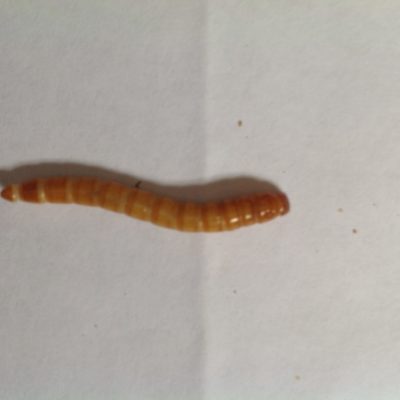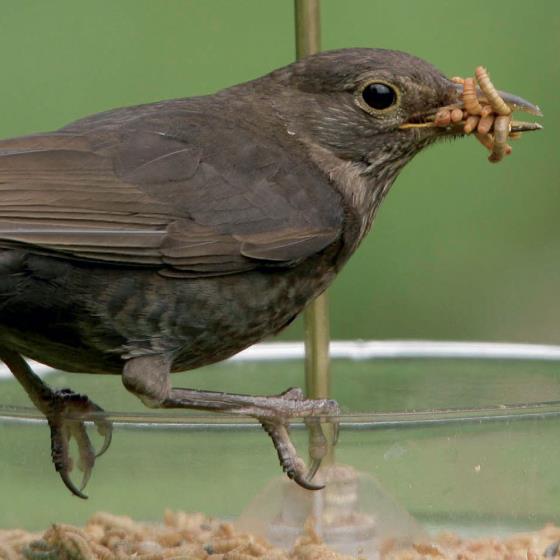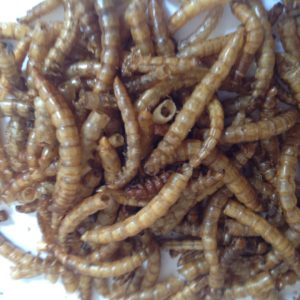

Mealworms have generally been considered pests, because they feed on stored grains. Its relatively large size, ease of rearing and handling, and status as a non- model organism make it useful in proof of concept studies in the fields of basic biology, biochemistry, evolution, immunology and physiology. Tenebrio molitor is often used for biological research. The reduction of male signaling capability may be due to increased expression of homozygous deleterious recessive alleles caused by inbreeding. Females are more attracted to the odors produced by outbred males than the odors produced by inbred males. Inbreeding reduces the attractiveness of sexual pheromone signaling by male mealworms. Sex pheromonesĪ sex pheromone released by male mealworms has been identified. After 3 to 30 days, depending on environmental conditions such as temperature, it emerges as an adult beetle. The new pupa is whitish and turns brown over time. ĭuring the larval stage, the mealworms feed on vegetation and dead insects and molt between each larval stage, or instar (9 to 20 instars). Over her lifespan, a female will, on average, lay about 500 eggs.

Within a few days the female burrows into soft ground and lays eggs. Males insert sperm packets with their aedeagus. Any dead or discoloured ones must not be used as they can cause problems such as salmonella poisoning.Tenebrio molitor larvae eating an apple slice

It is very important that any mealworms fed to birds are fresh.

After a few weeks the mealworms will turn into creamy pupae, then into little black beetles.


 0 kommentar(er)
0 kommentar(er)
